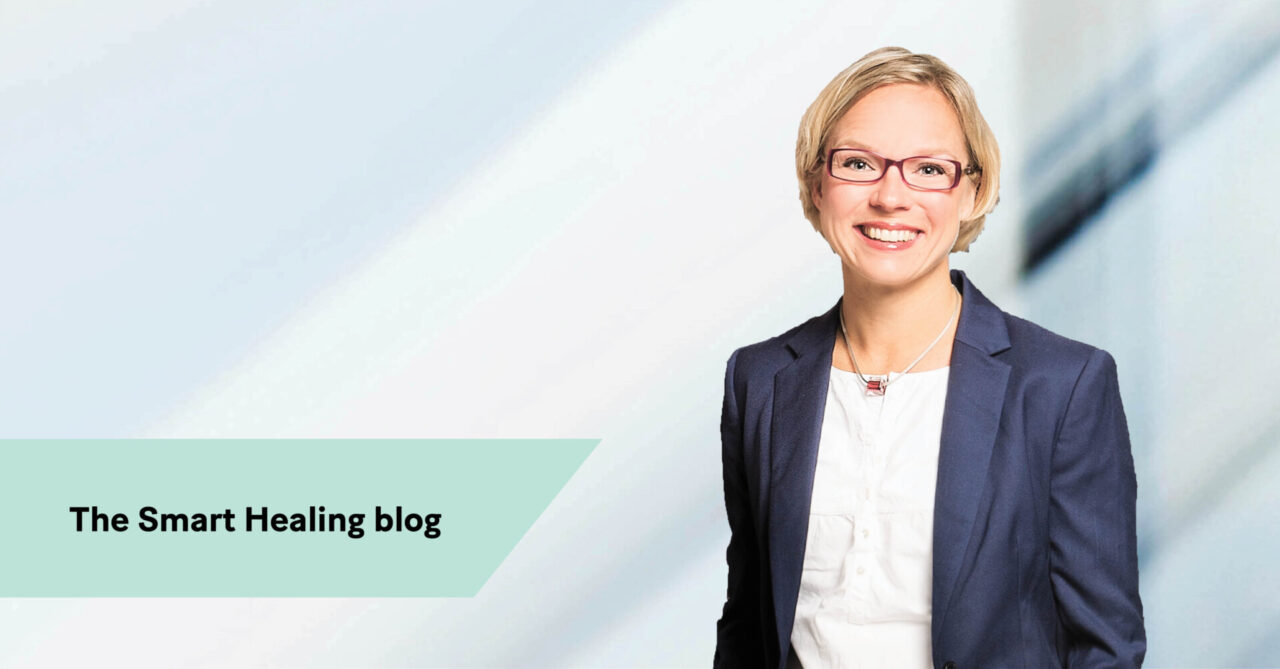Mastoidectomy: Why ear surgeons are looking into canal-wall-down as an option
Ear surgery physicians are often confronted with different options for their mastoidectomy patients. In this blog post we ask Tanja Wigell, International Product Manager of Bonalive Biomaterials, in what kind of situations surgeons prefer canal-wall-down procedures to canal-wall-up. We also look into the benefits of bioactive glass as a bone graft alternative.

Can you tell us something about mastoidectomy?
Various conditions might be treated with mastoidectomy, for instance cholesteatoma where the disease has spread into the mastoid bone. In the mastoidectomy, the mastoid air cells are removed. Most often either a canal-wall-down (CWD) or a canal-wall-up (CWU) procedure is performed. In a canal-wall-up (CWU) procedure the canal-wall is left intact, which has less impact on the anatomy of the patient.
In what kind of situations is a canal-wall-down procedure necessary?
In cases when a better overview of the site is needed to ensure that no tissue related to the condition is left, a CWD procedure is preferable. In comparison to the canal-wall-up procedure, studies have shown that the recurrence rate of cholesteatoma is lower in canal-wall-down procedures.1
When the patient wakes up after a reconstructive CWD surgery, the anatomy of the ear canal is reinstalled to something very similar to the natural anatomy.
What are the challenges with regard to CWD procedures?
The reconstruction of the posterior wall is a critical part of the surgery. The other possibility is to leave an open cavity, but in these cases the patient ear canal anatomy is changed. If the cavity is left open, the goal is to have a self-cleaning cavity, which unfortunately is difficult to maintain, leading to difficulties for the patient when for instance swimming or showering. To avoid these limitations, ENT surgeons choose to reconstruct the posterior wall and obliterate the mastoid. When the patient wakes up after a reconstructive CWD surgery, the anatomy of the ear canal is reinstalled to something very similar to the natural anatomy.
What are the options for cavity filling in mastoidectomy?
In general, there are doubts about filling the cavity after mastoidectomy for historical reasons. All materials have not performed as hoped. The filling material is either autologous or synthetic. In regard to autologous bone, it is still the golden standard, with one of the drawbacks being the risk of absorption of the material leading to revision surgery. In regard to synthetic materials, bioactive glass S53P4 (Bonalive® granules) is one of the most used synthetic materials for this purpose according to studies.2
Ear surgery very often includes infection, so there is a need for a material that can be used in a site where infected tissue has been removed.
What are the core properties that surgeons seek in a bone graft material when performing a mastoidectomy?
The main property that surgeons seek is a safe material that will not shrink. Secondly, ear surgery very often includes infection, so there is a need for a material that can be used in a site where infected tissue has been removed. Thirdly, it is important to minimize the recurrence of the disease. Also, the concern about future revisions places a need for the material that is removable in case additional intervention is required.
How does bioactive glass help address these needs? Is bioactive glass a future option?
The innovation of bioactive glass in itself is not new: the safety of Bonalive® granules is supported by over 20 years of documented clinical history. One of the main benefits with the material is that it does not absorb before natural tissue has formed. The material also inhibits bacterial growth. Furthermore it will not cover the landmarks that are important for the surgeon to maintain, due to the specific radiological appearance of the bioactive glass.3 Clinical experience has been gathered all around Europe and there is a trend towards a growing use of bioactive glass S53P4 in mastoidectomy surgery.
If you are a physician and you would like to learn more about Bonalive® S53P4 bioactive glass for mastoid surgery, sign up to the Smart Healing Center for mastoid surgery patient cases, publications, peer support and more.
References:
[1] Mastoid obliteration with S53P4 bioactive glass in cholesteatoma surgery. de Veij Mestdagh P, Colnot D, Borggreven P, Orelio C, Quak J. Acta Oto-Laryngologica 2017;137(7):690-94.
[2] Bioactive glass obliteration of the mastoid significantly improves surgical outcome in noncholesteatomatous chronic otitis media patients. Vos J, de Vey Mestdagh P, Colnot D, Borggreven P, Orelio C, Quak J. Eur Arch Otorhinolaryngol. 2017;274(12):4121-6.
[3] Bioactive glass granules for mastoid and epitympanic surgical obliteration: CT and MRI appearance. Bernardeschi D, Law-ye B, Bielle F, Hochet B, Sterkers O, Dormont D, Pyatigorskaya N. Eur Radiol. 2019 Mar 19.
